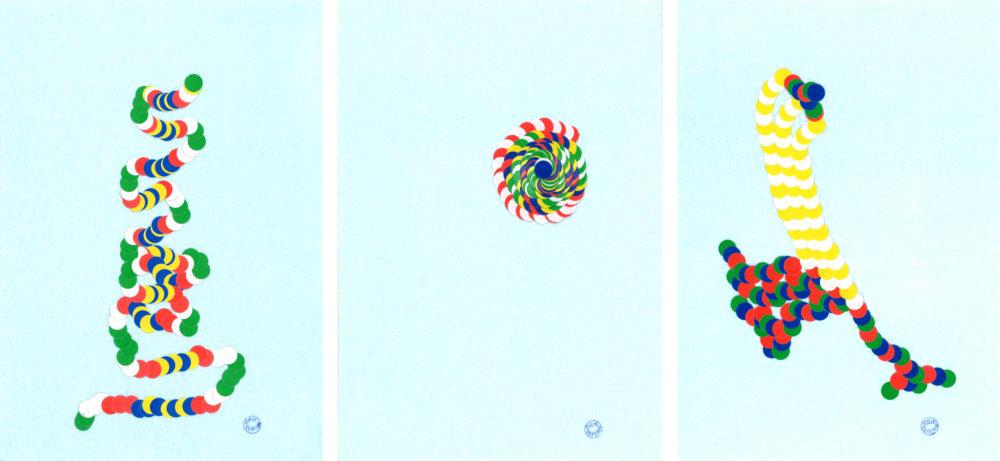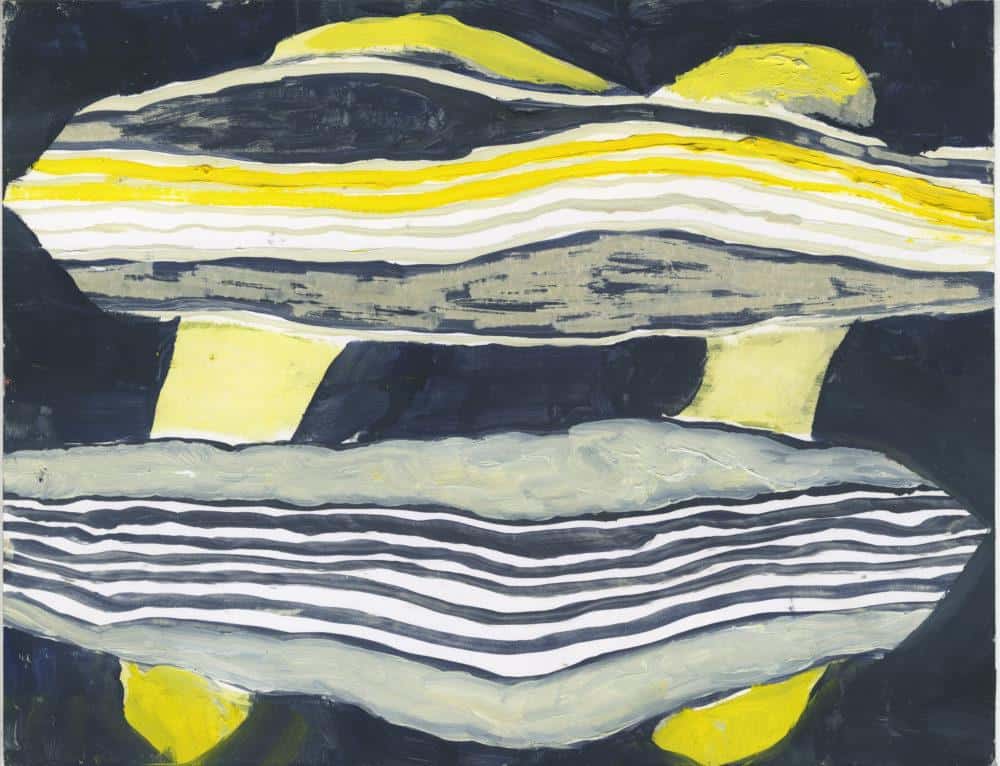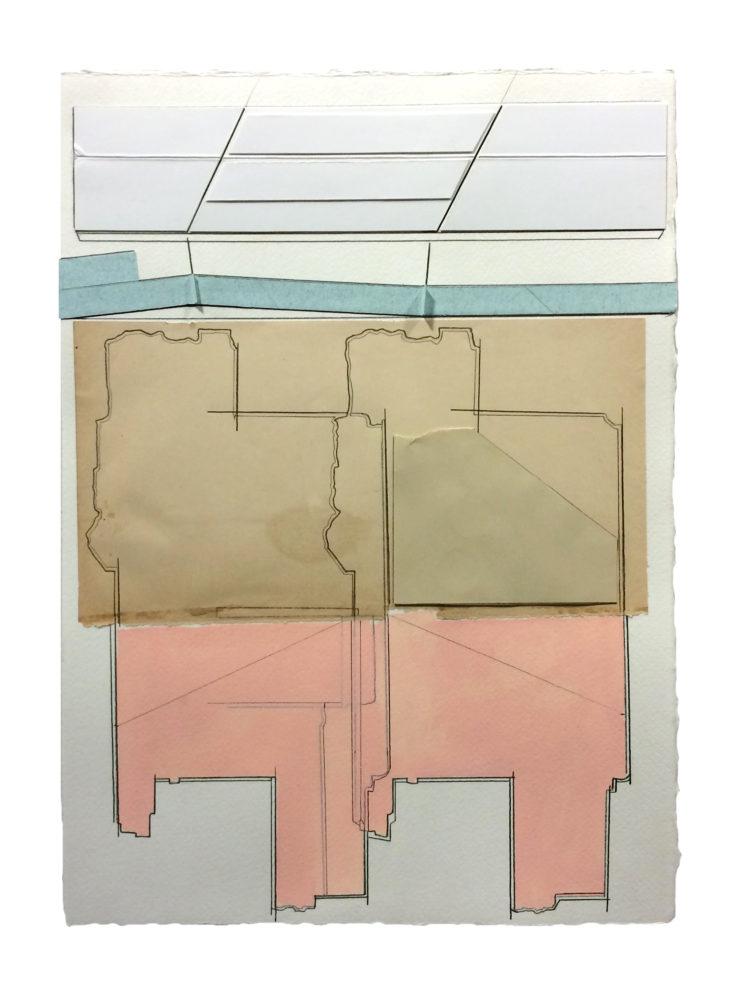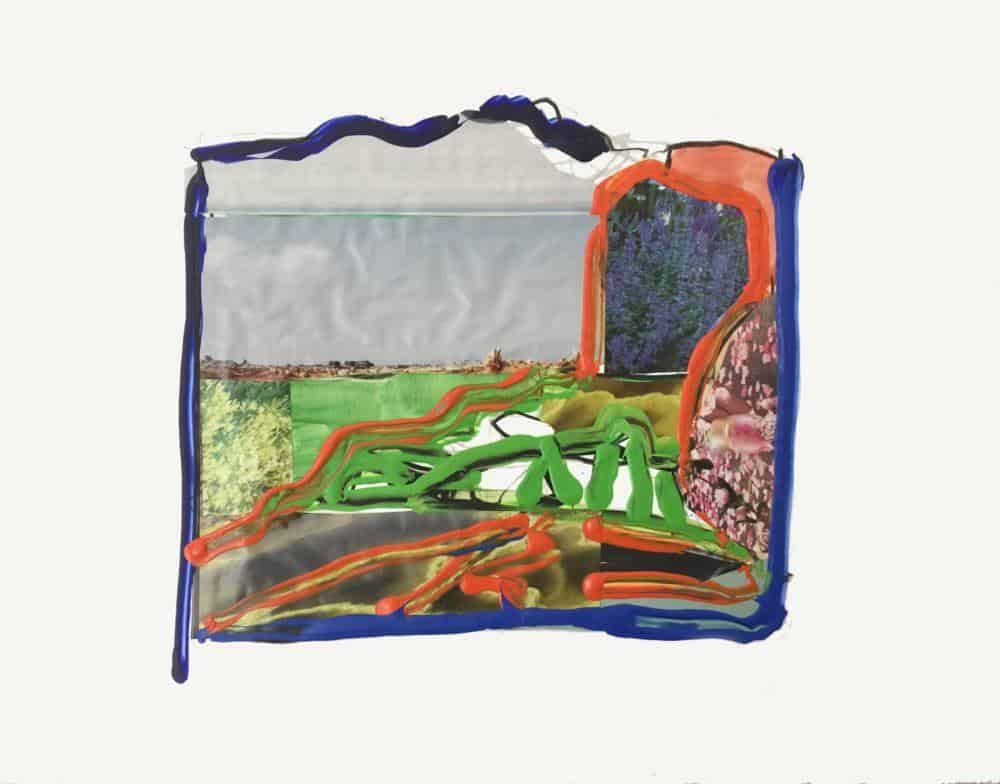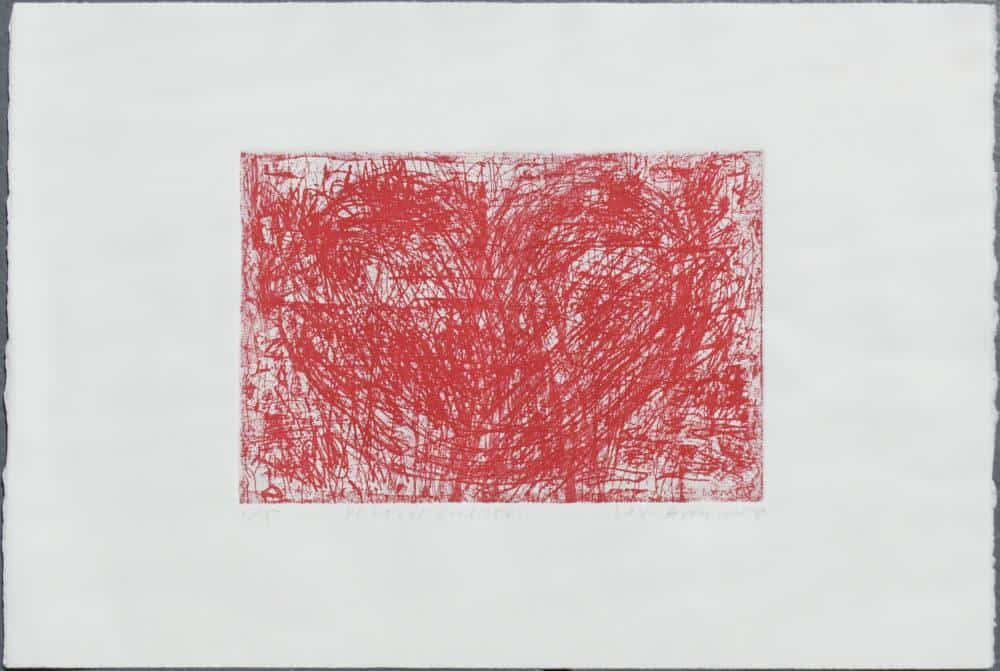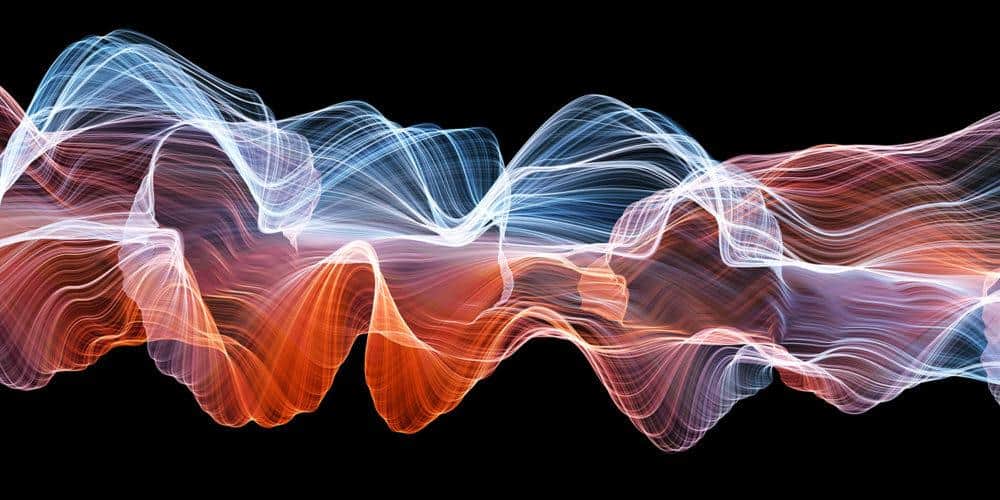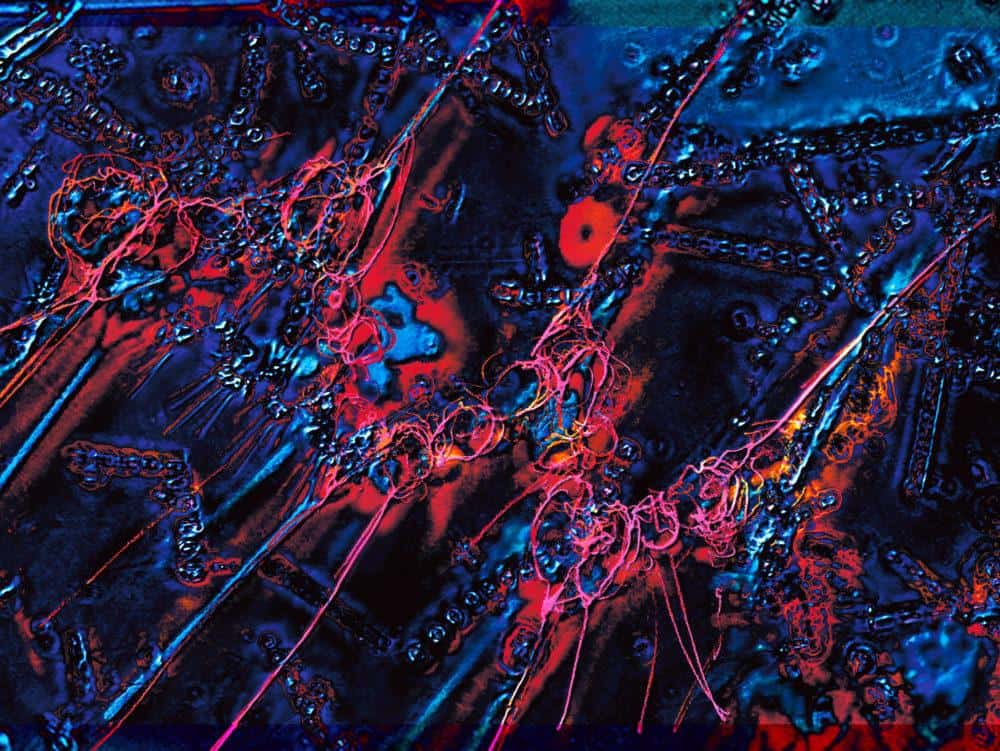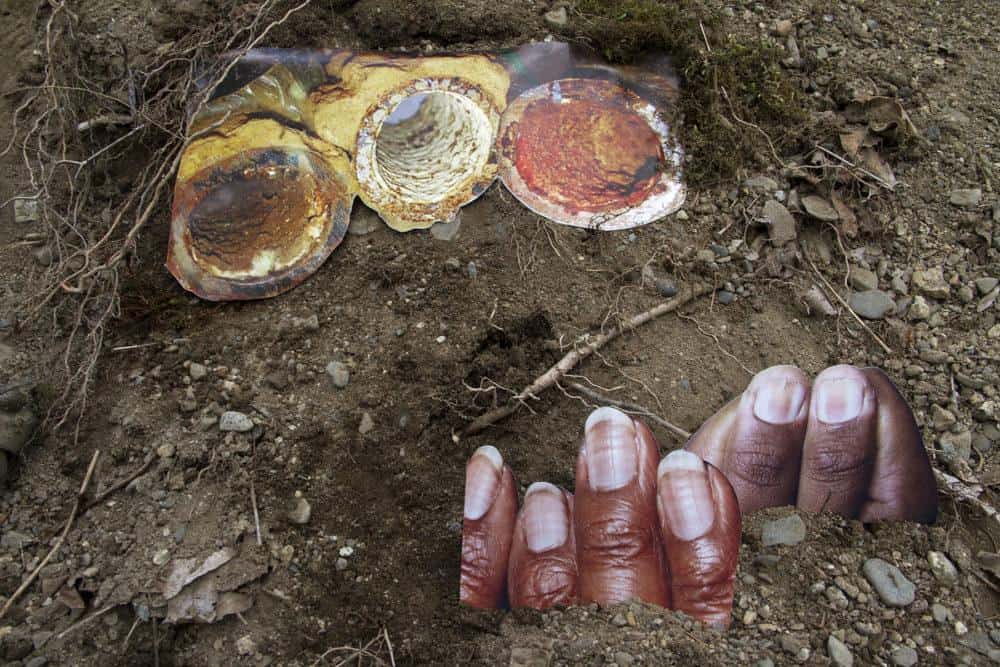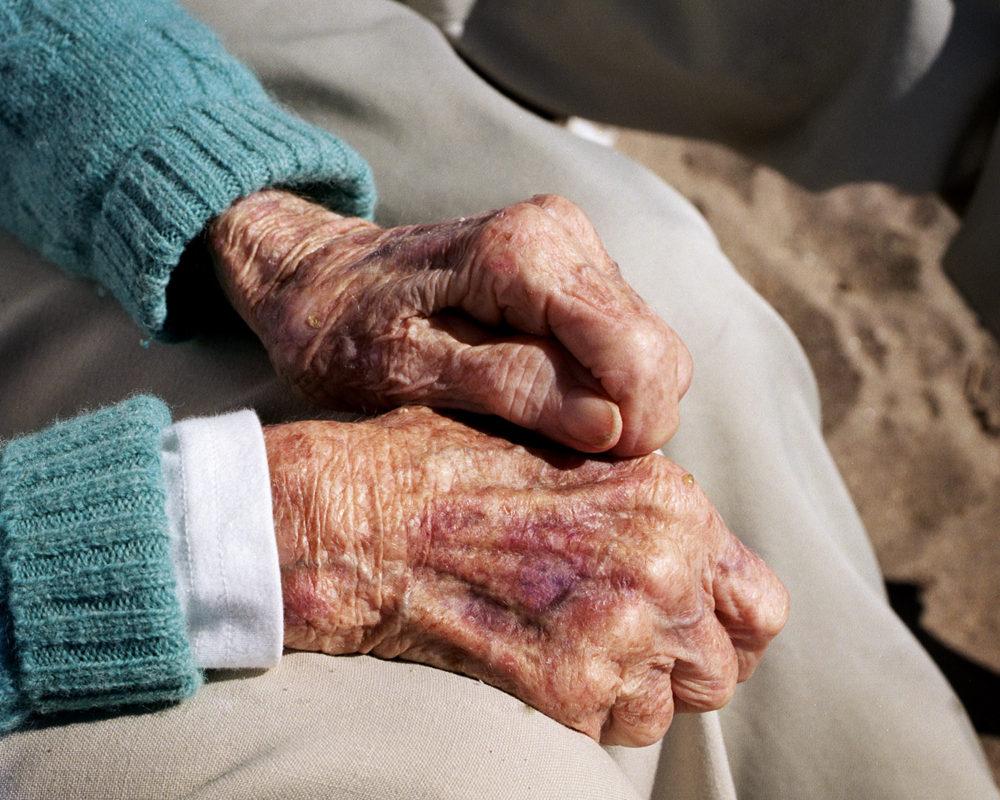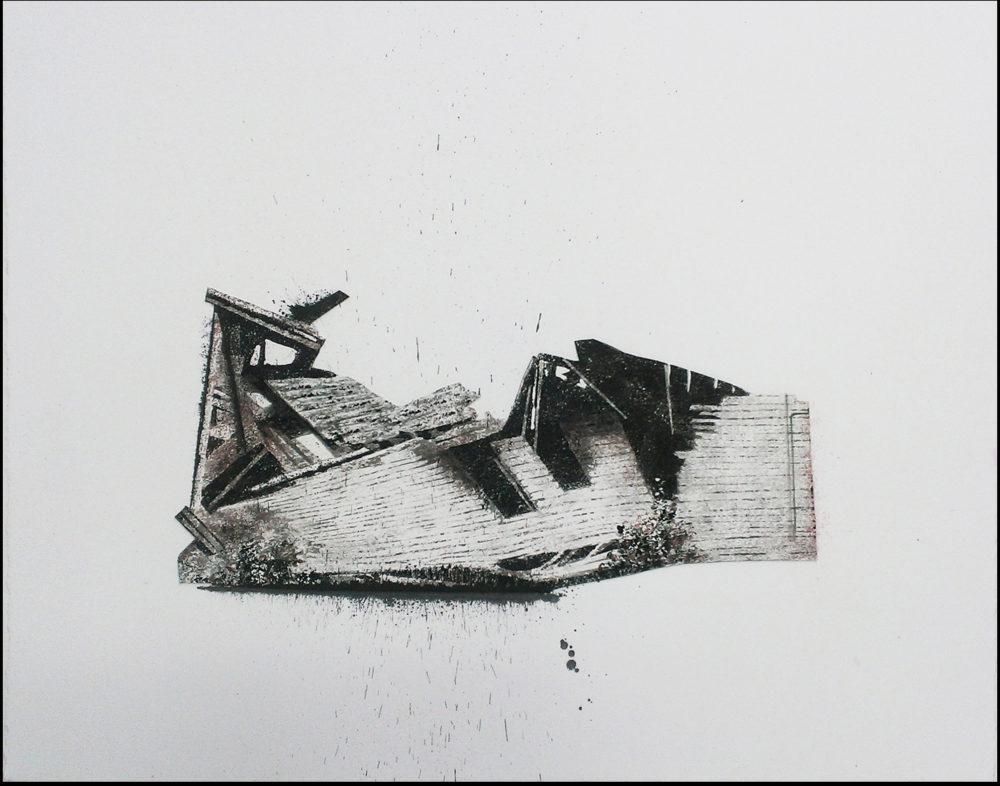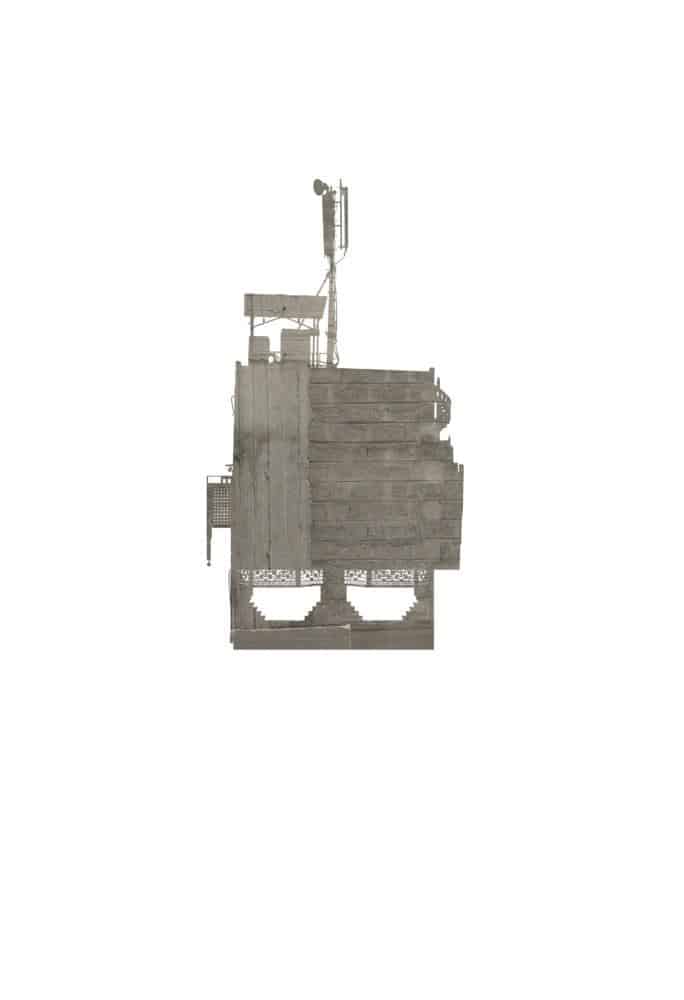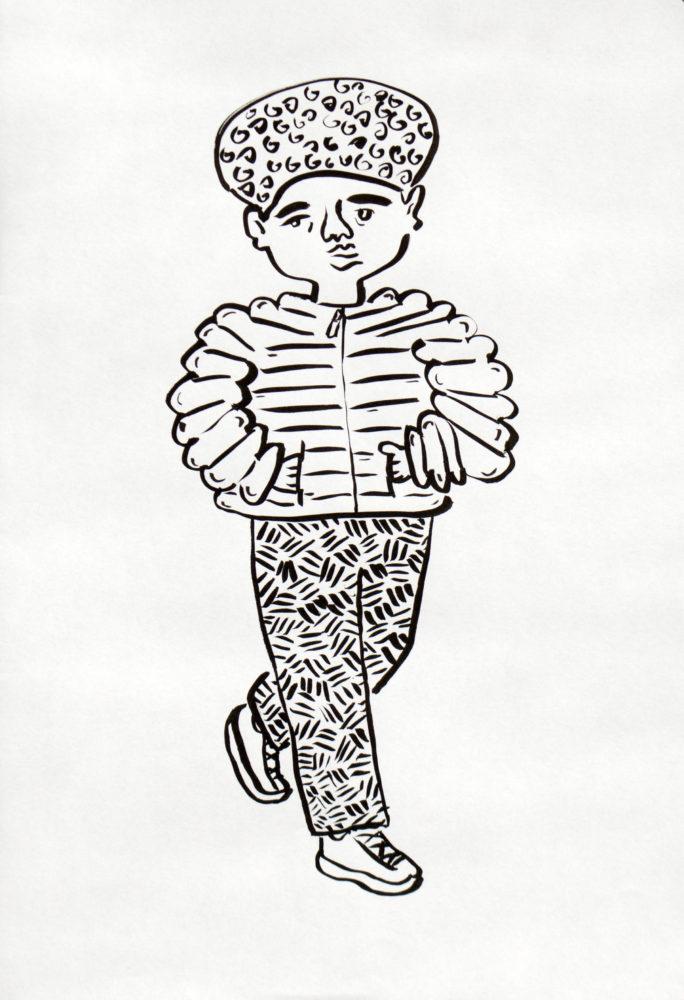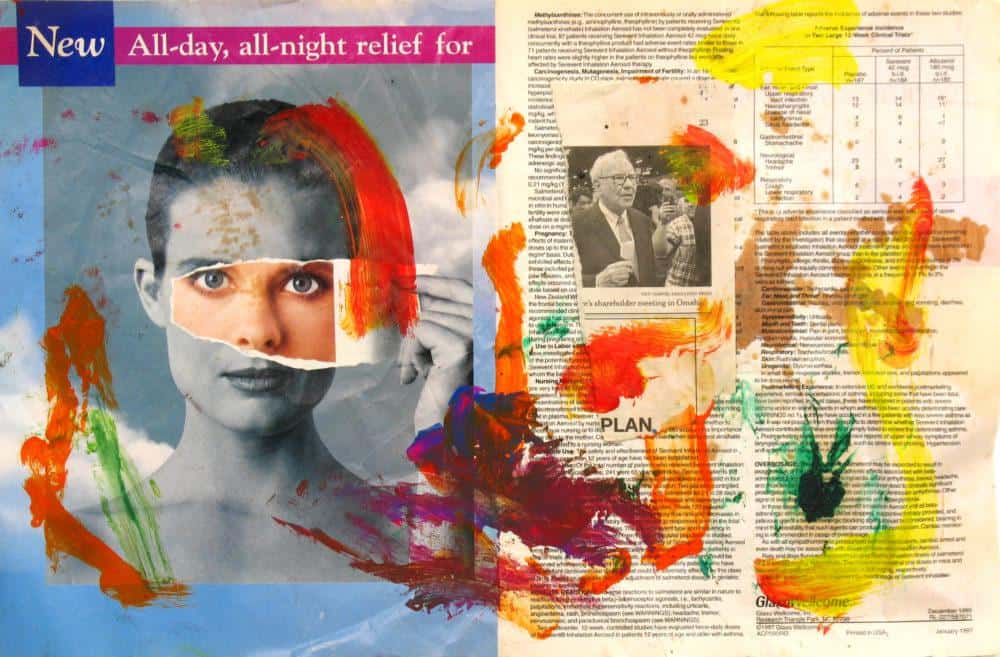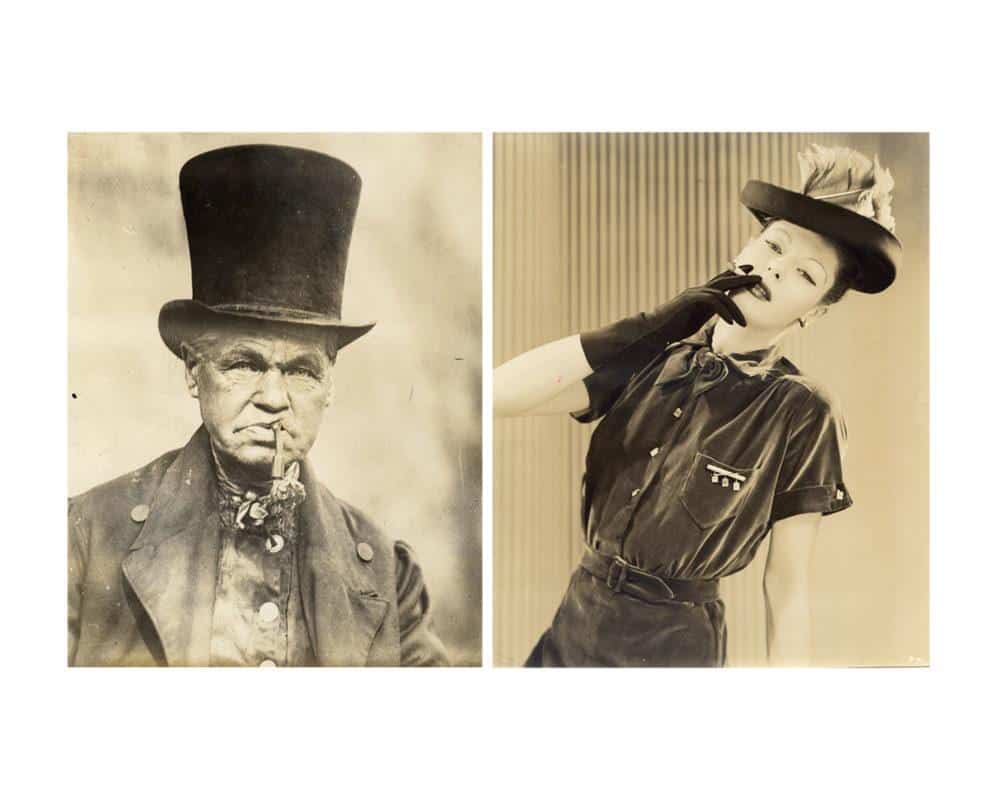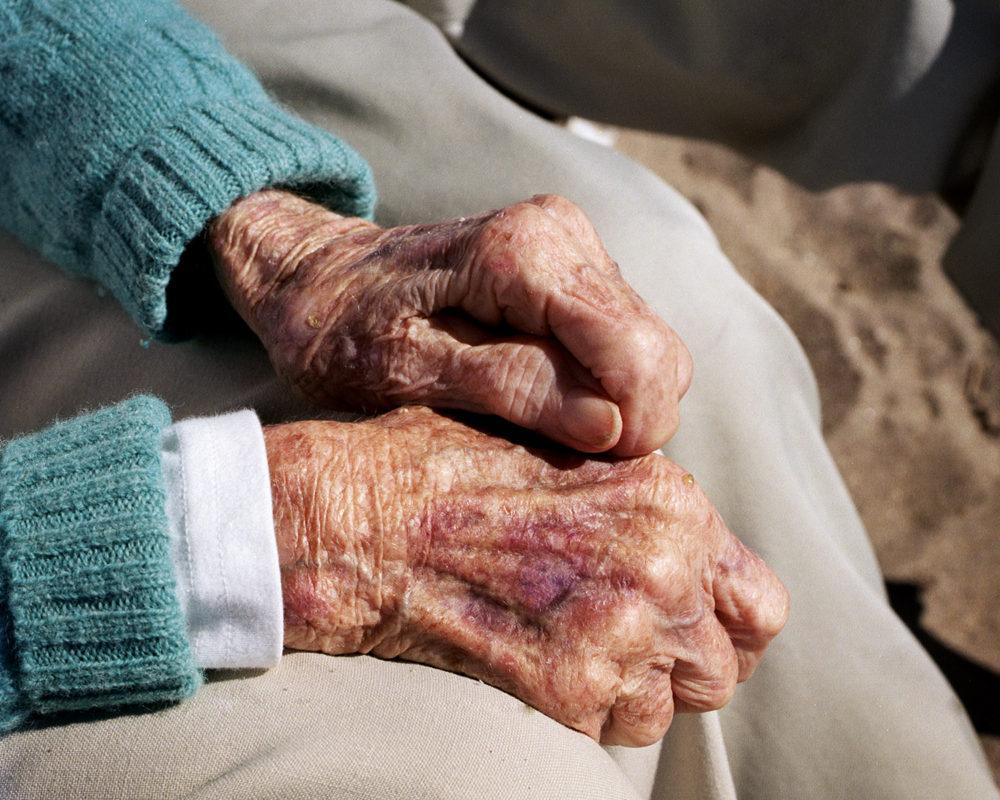
Folded: New Acquisitions to the Artspace Flatfile
Curator: Katy Rosenthal
June 8—June 29, 2018
Lexi Axon, Tabitha Barnard, Ebony Beatty, Yaminay Chaudhri, Daniel Eugene, Jacquelyn Gleisner, Dan Gries, Nate Lerner, Shanna Merola, Lenny Moskowitz, Jeff Ostergren, Julie Pereira, Yolanda Petrocelli, Chen Reichert, Julia Rooney, Cynthia Beth Rubin, Ryan Sarah Murphy, Catherine Vanaria, Margi Weir.
Tabitha Barnard, Great Grandmother’s Hands, 2018. Archival pigment print, 20″ × 16″.
Second Story Gallery and Workshop on 1144 Chapel St, New Haven, CT
Opening reception: Friday, June 8th from 5-7pm
Open gallery hours: Wednesday-Friday, 2-6pm
Artspace invites the viewer to consider the implications of the folded/unfolded as a way of making, a state of being, and a conceptual structure in this survey of works from new acquisitions to our flatfile collection.
Several of these artists embrace unfolding in their creative process, allowing outside forces of materiality and instinct to reveal next steps in their work. Reading “unfolding” in this sense, “folding” does not serve as its opposite. Instead, it sits parallel to it: the difference between giving up and giving in. Some of the subjects celebrated here reject this sense of folding by asserting their own agency—instead of letting their stories unfold they are actively writing their own.
How the human form folds physically is an essential component of our body language and is intertwined with our relationship to space. A power stance reads as such because it spreads the body wide; the protruding elbow-fold of a hand on a hip stakes a claim over the space being occupied. This ability of folding to materially alter a subject can also apply more abstractly to an artwork. Bending a form allows for simultaneous existence in multiple spaces, even blurring the line between the 2-D and 3-D. It can embed or enmesh once disparate forms, removing the space between them and rendering them inseparable.
Compositionally, folds in an artwork open up opportunities that aid the artist in conveying their message. Halving the visual field encourages direct comparisons and highlights juxtapositions. Contortions create compositions that have no beginning or end, inviting contemplation of the infinite. Layering builds complexity, emphasizing the multidimensionality of a subject or obfuscating it to slow down the viewer’s perception.
The principles of what can be achieved through folding structurally also apply to modes of thought: expectations and ideas can fold in on themselves, questioning and subverting what were once oversimplified notions.

